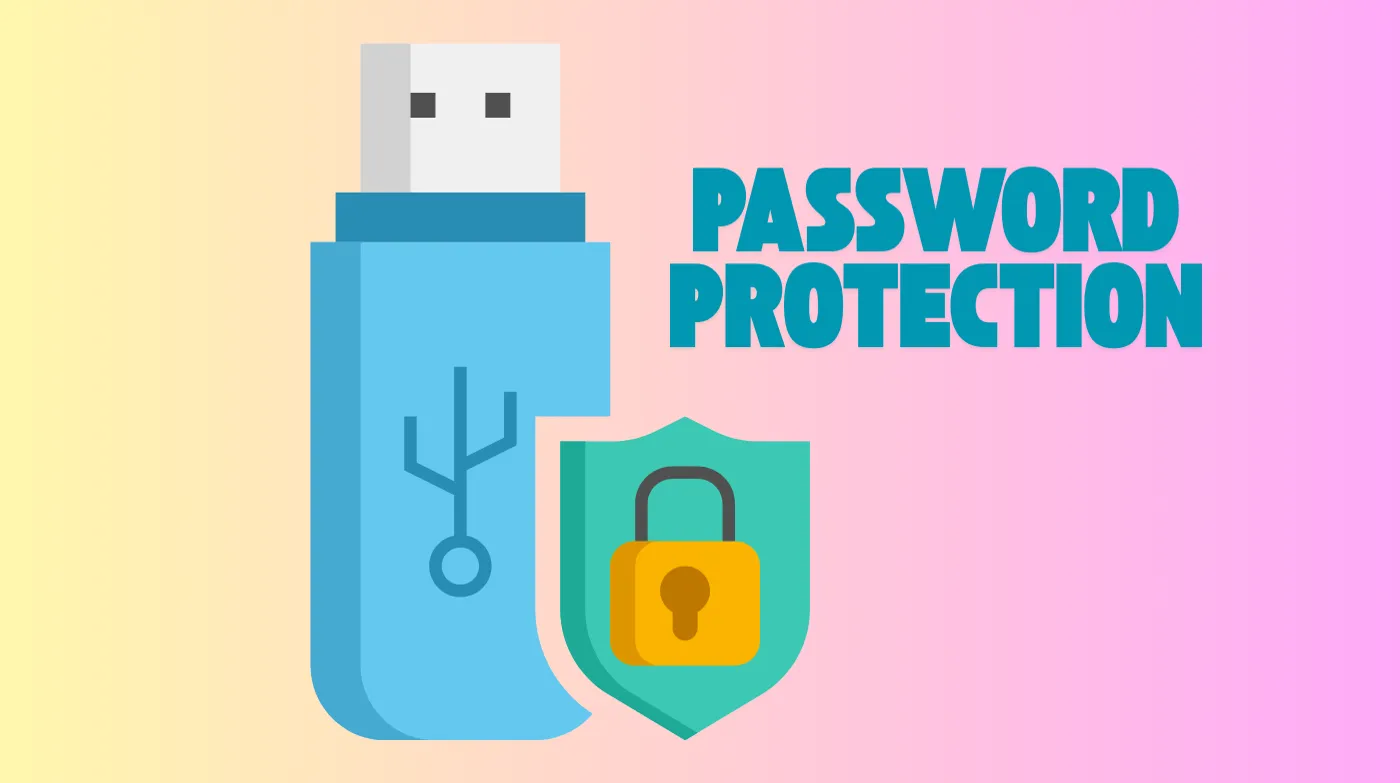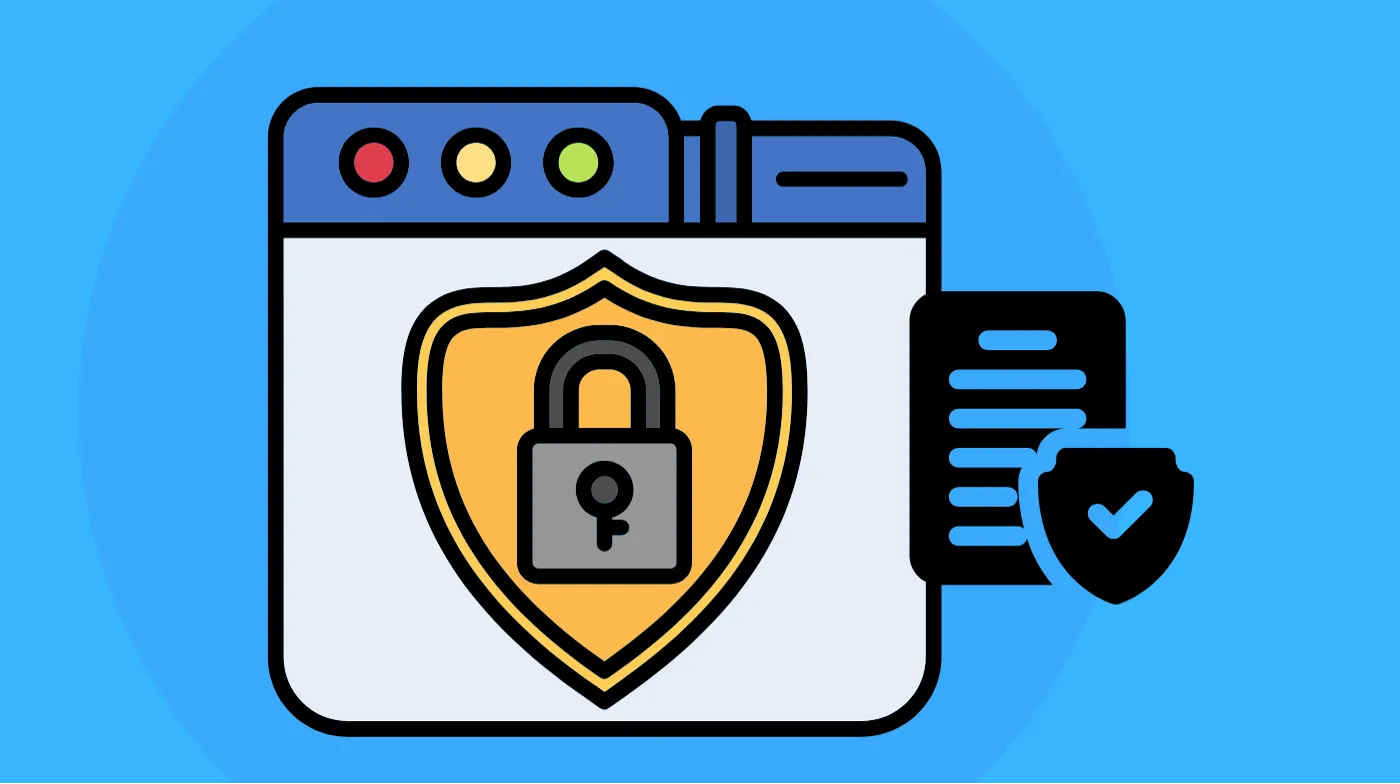
Stolen USB drives expose sensitive data to cybercriminals and competitors within seconds. Without proper password protection, your personal files, business documents, and confidential information become vulnerable to unauthorized access.
Modern USB encryption methods provide multiple layers of security through hardware-based solutions and software encryption tools.
Strong password protocols combined with advanced encryption algorithms create virtually impenetrable barriers against data breaches. This comprehensive guide reveals proven techniques to secure your USB drives effectively while maintaining convenient access to your files.
Understanding USB Drive Security Vulnerabilities
USB flash drives present unique security challenges due to their portable nature and widespread compatibility. These devices store data in an unencrypted format by default, making files instantly accessible to anyone who gains physical possession.
Data breaches through lost or stolen USB drives affect organizations across all industries. Healthcare providers face HIPAA violations, while financial institutions risk PCI DSS compliance failures when unprotected drives containing sensitive information fall into the wrong hands.
Modern cybersecurity threats target USB devices through malware injection and unauthorized data extraction. Without proper protection mechanisms, a single compromised drive can expose entire network infrastructures to security breaches.
To strengthen defense strategies, businesses often rely on secure password tools to create strong, unpredictable credentials that safeguard sensitive data on both local devices and connected systems.
Hardware-Based Encryption Solutions
Hardware encryption offers superior security through dedicated cryptographic processors built directly into USB drives. These devices perform encryption operations independently of host computers, protecting against software-based attacks and malware infiltration.
Premium encrypted USB drives feature military-grade AES 256-bit encryption with tamper-proof protection mechanisms. Leading manufacturers like Kingston IronKey and SanDisk provide drives with physical keypads, automatic data destruction after multiple failed attempts, and FIPS 140-2 Level 3 certification.
Hardware solutions eliminate performance bottlenecks by offloading encryption tasks from system CPUs. However, these drives typically cost significantly more than standard USB devices, making them suitable primarily for high-security applications requiring maximum data protection.
Advanced Security Features
Enterprise-grade encrypted drives include remote management capabilities, centralized policy enforcement, and comprehensive audit trails. These features enable organizations to maintain complete oversight of data access patterns while ensuring regulatory compliance.
Software Encryption Methods
Software-based encryption provides cost-effective protection using built-in operating system tools or third-party applications. Windows BitLocker represents the most accessible solution for encrypting entire USB drives through simple configuration processes.
BitLocker requires Windows 10 Pro or Enterprise editions and guides users through straightforward setup procedures. The encryption process protects all drive contents while requiring password authentication for access.
Third-Party Encryption Tools
VeraCrypt emerges as the leading open-source encryption solution offering cross-platform compatibility and advanced security features. This software provides cascading cipher options, hidden volumes, and protection against various attack vectors using a safe password generator for creating strong authentication credentials.
Additional software solutions include Rohos Mini Drive, USB Safeguard, and DiskCryptor, each offering unique features for specific security requirements. These tools enable selective file encryption and portable security implementations.
Best Password Protection Practices
Strong password creation forms the foundation of effective USB security protocols. Security experts recommend passwords containing 15-20 characters with combinations of uppercase letters, lowercase letters, numbers, and special symbols.
Implementing password complexity tester tools helps verify authentication strength before applying protection to USB drives. These utilities analyze password entropy and suggest improvements to enhance security against brute-force attacks.
Password Management Strategies
Regular password updates prevent unauthorized access through compromised credentials. Organizations should establish policies requiring periodic password changes and prohibiting the reuse of previous authentication codes.
Avoid storing passwords in plain text files or sharing authentication information through unsecured communication channels. Consider using password managers to generate and store complex passwords securely.
Implementation Guidelines for Different Operating Systems
Windows environments offer multiple encryption options through BitLocker, Group Policy configurations, and registry modifications. Administrators can enforce organization-wide USB security policies while maintaining user accessibility.
macOS users access encryption capabilities through Disk Utility’s APFS encryption features. This built-in tool provides seamless integration with Apple’s security ecosystem while maintaining compatibility with encrypted drives.
Linux distributions support various encryption implementations, including LUKS, dm-crypt, and cross-platform solutions like VeraCrypt. These tools provide flexibility for technical users requiring customized security configurations.
Cross-Platform Compatibility Considerations
Universal access requirements may necessitate specific encryption formats, ensuring compatibility across multiple operating systems. VeraCrypt offers excellent cross-platform support while maintaining strong security standards.
Organizational Security Policies

Enterprise USB management requires comprehensive policies addressing device authorization, encryption standards, and usage monitoring. Organizations must balance security requirements with operational efficiency to maintain productivity.
Compliance requirements under GDPR, HIPAA, and other regulations mandate specific data protection measures for portable storage devices. Failure to implement adequate USB security can result in significant financial penalties and reputational damage.
Data Loss Prevention (DLP) solutions provide centralized control over USB device usage through whitelisting, blacklisting, and real-time monitoring capabilities. These systems prevent unauthorized data transfers while maintaining detailed audit logs.
Employee Training and Awareness
Security education programs should emphasize proper USB handling procedures, password protection requirements, and incident reporting protocols. Regular training updates ensure employees understand evolving security threats and protection methods.
Advanced Protection Strategies
Multi-layered security approaches combine hardware encryption, software protection, and organizational policies for comprehensive data protection. This strategy provides redundant security measures, preventing single points of failure.
Backup and recovery procedures ensure data availability while maintaining security standards. Encrypted backup copies stored in separate locations provide protection against device loss or hardware failure.
Regular security audits and vulnerability assessments help identify potential weaknesses in USB protection implementations. These evaluations should include password strength analysis, encryption verification, and policy compliance reviews.
Frequently Asked Questions
What encryption strength provides adequate USB protection?
AES 256-bit encryption represents the current industry standard for securing sensitive data on USB drives. This encryption method provides protection against current and foreseeable cryptographic attacks while maintaining reasonable performance levels.
Can encrypted USB drives work across different computers?
Cross-platform compatibility depends on the encryption method chosen. Hardware-encrypted drives typically work with any computer supporting USB connections, while software solutions may require specific applications or operating system features.
How often should USB drive passwords be changed?
Password rotation should occur every 90 days for high-security environments, with immediate changes required when security breaches are suspected or employee access privileges change.
What happens if I forget my USB drive password?
Recovery options vary by encryption method. BitLocker provides recovery keys during initial setup, while some hardware-encrypted drives offer emergency recovery procedures. However, strong encryption typically makes password recovery impossible without proper backup methods.
Secure Your Digital Assets Today
Password protection transforms vulnerable USB drives into secure data storage solutions capable of withstanding sophisticated cyber threats.
The combination of strong encryption, robust passwords, and comprehensive security policies creates multiple defensive layers protecting your most valuable information.
Implementation success requires careful consideration of your specific security requirements, technical capabilities, and operational needs.
Whether choosing hardware-based solutions or software encryption methods, consistent application of security best practices ensures long-term data protection and regulatory compliance.
